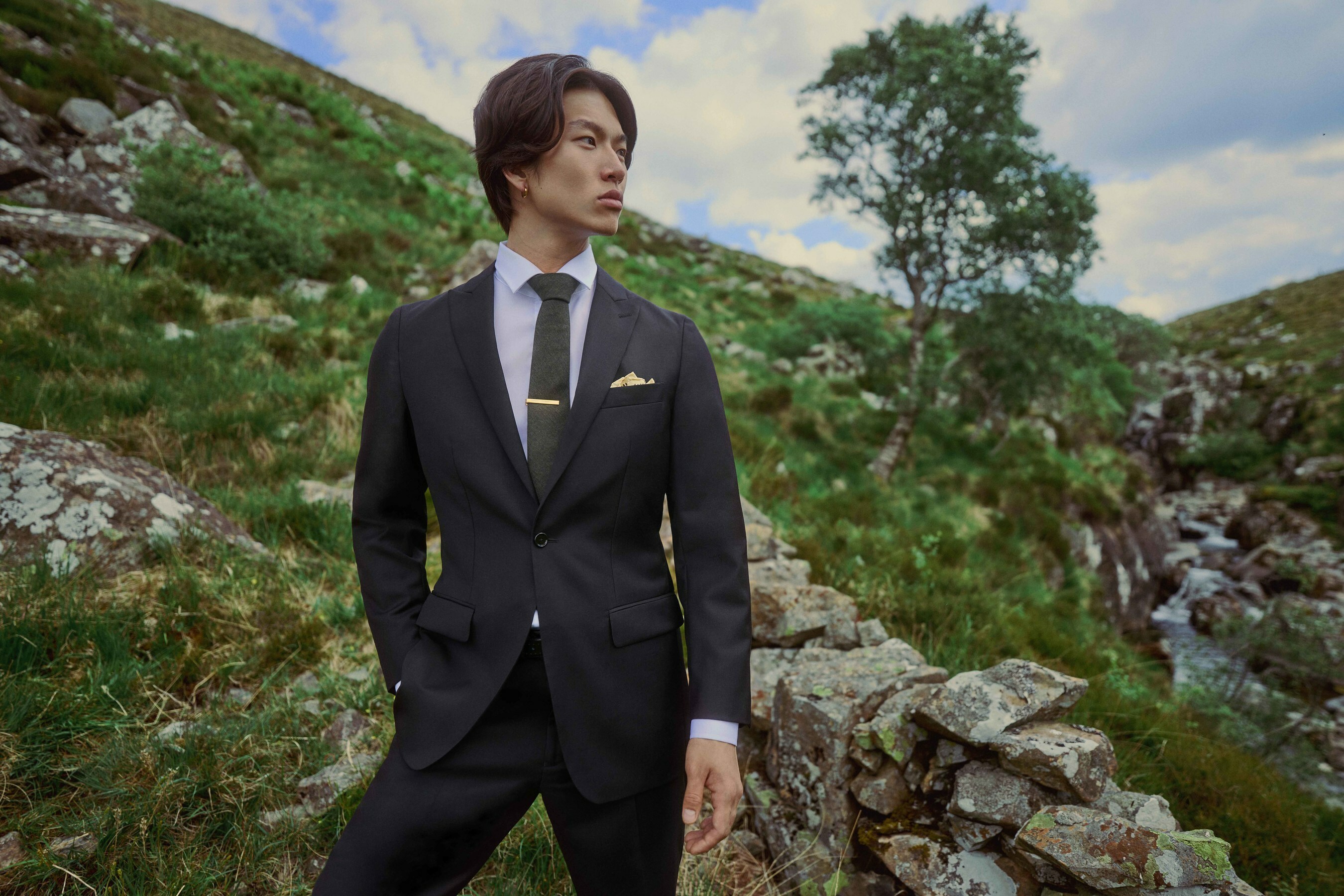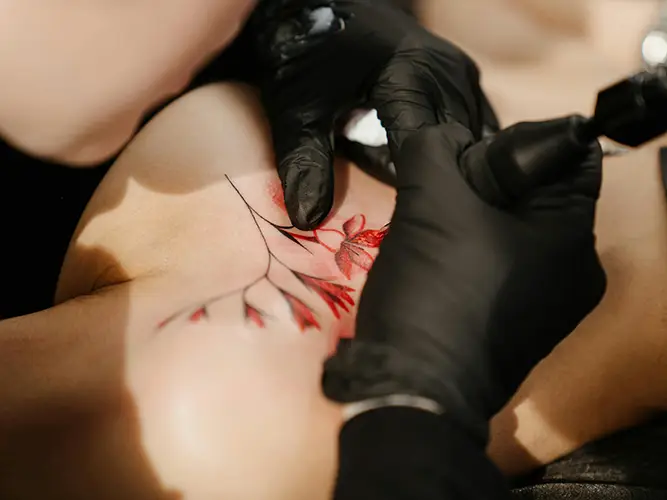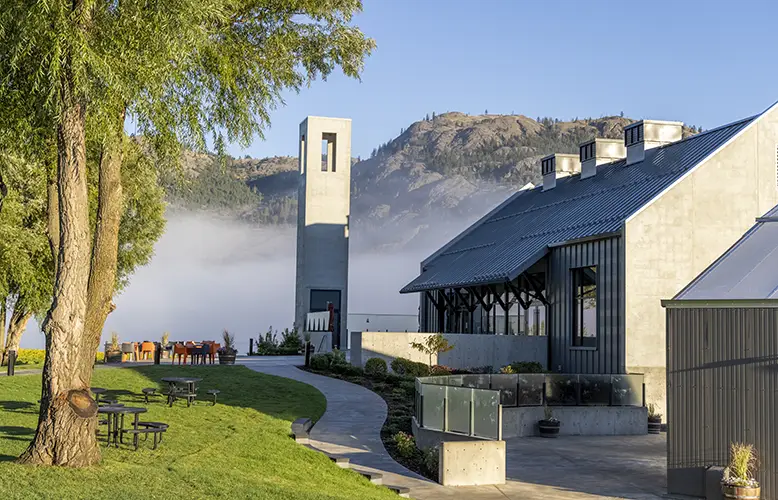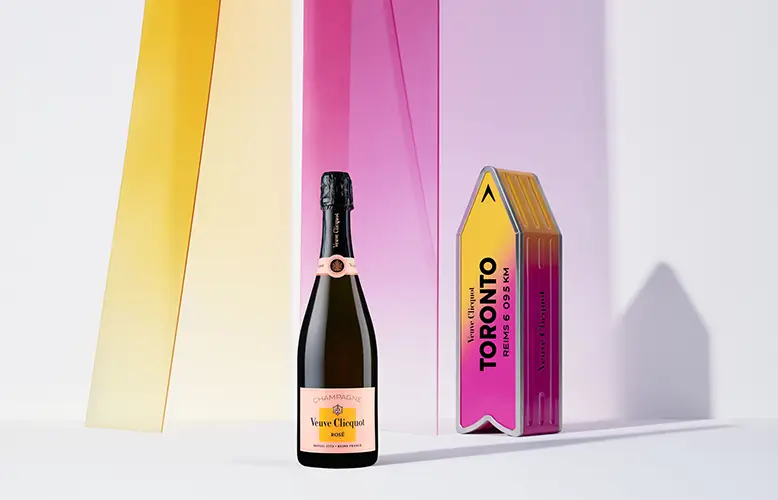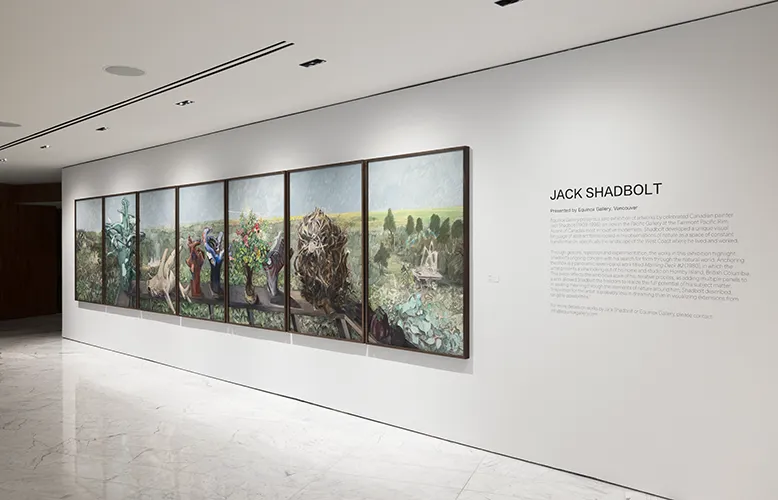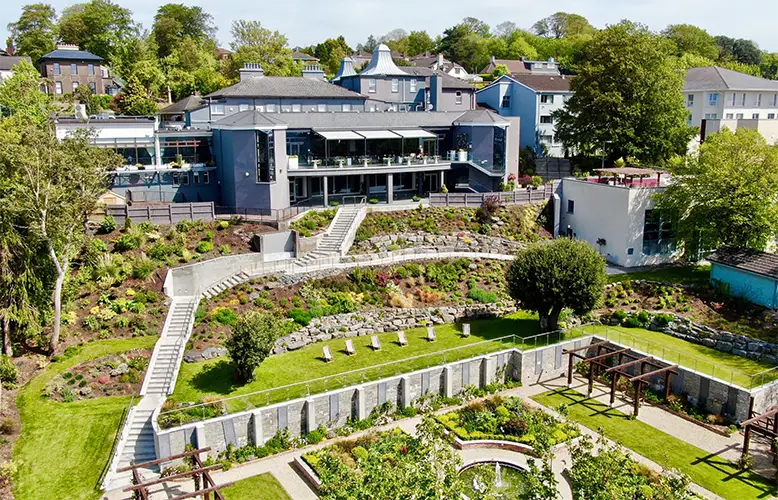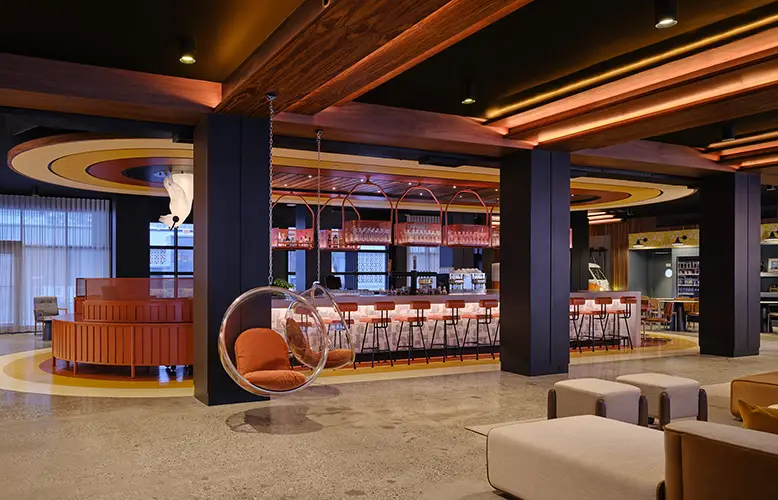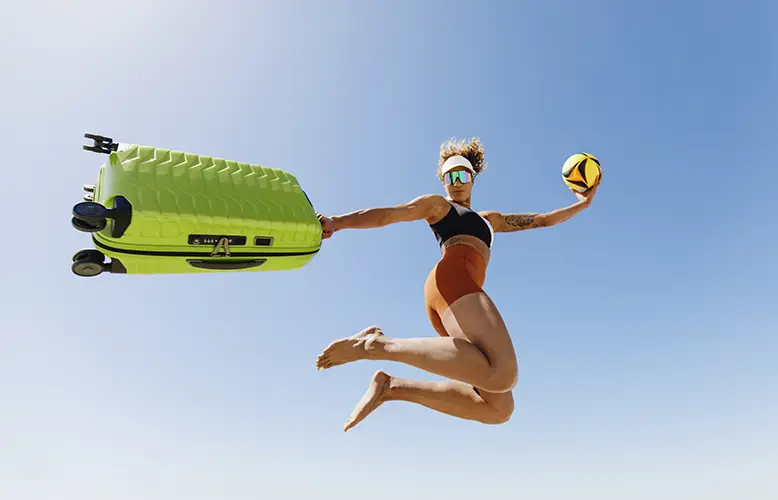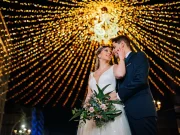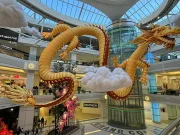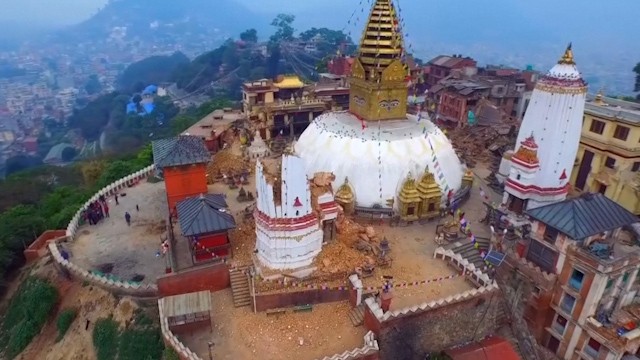Oftentimes when hearing the word Nepal, our minds immediately jump to dramatic, life threatening treks up into the mighty arms of Mt. Everest. It’s that we conjure up these thoughts — the mountain is incredibly famous. It’s like a guy playing hard to get, one of those few places that we just can’t control, and whether we admit it or not we all love what we can’t have. So, as I tell my girlfriends who are occasionally given the run around by some man, “let’s move on!” It’s time to expand our knowledge and appreciation for the other parts of Nepal.
The South Asian country has endless sights to explore. Chitwan National Park is home to some of the world’s few remaining Bengal tigers and welcomes guests for tours through the steamy jungle brush. Lumbinī is the Buddhist pilgrimage site where Queen Mayadevi gave birth to Siddhartha Gautama, who founded Buddhism. Ancient temples and stupas can be explored to bring you and your spiritual side a little closer. There are of course numerous treks into the wild to participate in, but if backpacks and dirty socks aren’t your thing, no problem, luxury travel is also on the climb in the country.
So, in your mind’s eye, take off your snowsuit, put on a DVF romper (heck, make it a Chanel gown if you want), slip down the side of that dangerous and divine Everest peak and wander the 160 kilometres over ancient soil to the capital and economic centre of Nepal, Kathmandu. This is the best place to give you a real feel for the many different components of the country. Kathmandu is also a great starting point for travellers looking to explore beyond big-city borders. There are unlimited tours and treks departing daily that will fulfil any whim for the super-adventurous or the cautious, flip-flop wearing sightseer.
The city is located in the Kathmandu Valley. Legend has it that the valley was once a beautiful lake enclosed by mountains and inhabited by enormous serpents. One glorious day the Bodhisattva Sri Manjushree raised his powerful sword and slashed open the side of the mountain at a place called Chobar. All of the water and the serpents rushed out, leaving behind a lush and fertile land. Today, the Kathmandu Valley is a patchwork of fields, ancient temples and sacred sites. The area is filled with thriving historic towns that showcase the spectacular work of artisans and architects from centuries past. There are two Himalayan viewpoints along the rim of the valley and two explorative roads leading to Tibet.
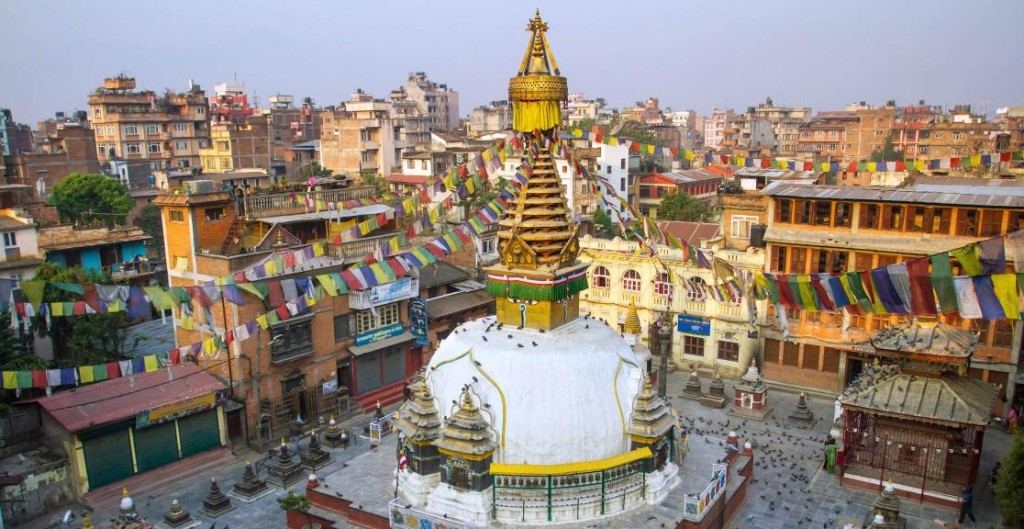
Kathmandu is a colourful riot of activity and excitement. Your senses will without a doubt hit overdrive as they try to make sense of the many sights and smells. Old-world charm and ancient traditions intertwine with modern-day trends and technology. Despite the tremendous growth of the city over the past decade, the people remain incredibly gracious, friendly and devoted to their religious beliefs — primarily those of Hinduism and Buddhism.
Begin your time in Kathmandu at the famed Durbar Square in the heart of the old city. Considered the social centre of Kathmandu, it’s literally filled with splendid palaces, temples and courtyards from the Malla period in the 17th and 18th centuries. Impossible to miss is the Hanuman Dhoka Royal Palace (the historic seat of the royalty), and the glorious Taleju Temple. The temple is a famed Hindu and Jain religious site, and the first three-tiered temple to be built with more than two roofs. Legend reads that the temple was built on the advice of the Taleju Goddess and that she appeared to the King at the dedication ceremony disguised as a bee.
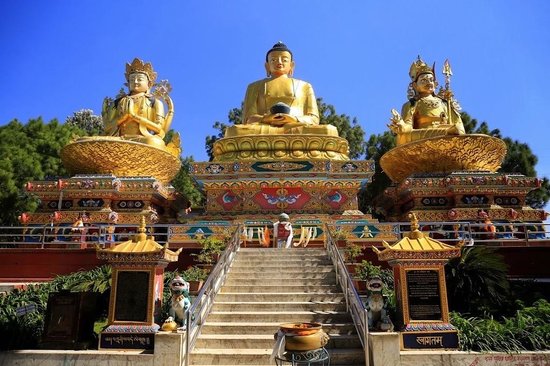
Possibly the most fascinating part of the square is that a Living Goddess, named Kumari Devi, resides here. The structure she lives in was built in 1757, and is called the Kumari Bahal. The Living Goddess is believed to be a reincarnation of the Hindu Goddess Durga. A young girl between the ages of two and four is selected from the community by the high priests based on her horoscope, health and physical characteristics — for instance, having eyelashes like a cow. The chosen girl is then put through a series of tests, some of which would scare the daylights out of Stephen King himself. If she shows no fear she is believed to be the incarnation of Durga. Once the Goddess passes the test, she and her family move into the Kumari Bahal and she only comes out for ceremonial purposes. Kumari receives devotees in her chambers from a gilded lion throne; they worship her for protection and believe her blessings can cure sickness. The Living Goddess remains in her position until she either loses a substantial amount of blood from injury or has her first period, at which time she reverts back to mortal. You may catch sight of her in a window, or if you plan your trip right, on a ceremonial outing.
After you’re totally exhausted by the chaos in Dunbar Square, head into the back streets of the old city for some quieter but equally spectacular sights. The back streets are a maze-like tour of shrines and temples. Keep an eye open for the sculptures along the way — they are thousands of years old and would most certainly sell for a pretty penny in the Western world.
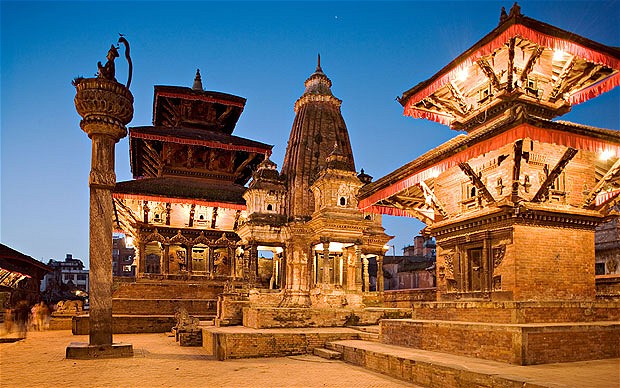
Shopping in Kathmandu can be overwhelming, but there are excellent finds. You just have to be careful that what you’re buying is real. Designer finds are common, but they are generally knock-offs from China. The shops at Thamel have pretty much everything you could ever want to purchase in Nepal, but beware, it can be a seriously stressful endeavour. When you need a break, head up to one of the rooftop garden restaurants for a good, strong drink and a piece of cake. There are plenty of sculptures, carvings, Tibetan carpets and other colourful trinkets to choose from. A number of bookshops sell literature written and sold only in Nepal. Away from the Thamel shops is one place that every fashionista must hit: the Cashmere Outlet. Really, this is a place that exists beyond your dreams. The outlet is supplied by the largest cashmere and pashmina knitting factory in Nepal. It’s all genuine, superb quality and extremely well priced.
If you find that all of your time in Nepal quickly disappears in the ever entertaining streets of Kathmandu and days out trekking the wilderness are not possible, plan a simple but unforgettable day trip to the Unesco World Heritage Site, Swayambhunath. You can walk to the site (you may pass a few street-side cows along the way) or take a cab. This Buddhist stupa sits on a lofty mountain with expansive views of Kathmandu Valley below. Swayambhunath is commonly referred to as Monkey Temple by westerners because it is home to a gaggle of resident monkeys — not to worry, they’re friendly; just don’t pull out any food or you’ll have about 200 new friends following you around. Everywhere around you there will be religious practices taking place. On the outside of Swayambhunath is a painting of Buddha’s eyes, which look over the valley and are an iconic symbol in Nepal.
Before you make the long trip home, spend a few hours in the Garden of Dreams. Walking through the entrance provides an instant escape from the chaotic city beyond. You can take a moment to catch your breath in the blissful quiet and try to absorb the spectacular, astounding adventure you’ve just had in Kathmandu.
By Chelsea Forman inside the Spring 2014 issue of NICHE



